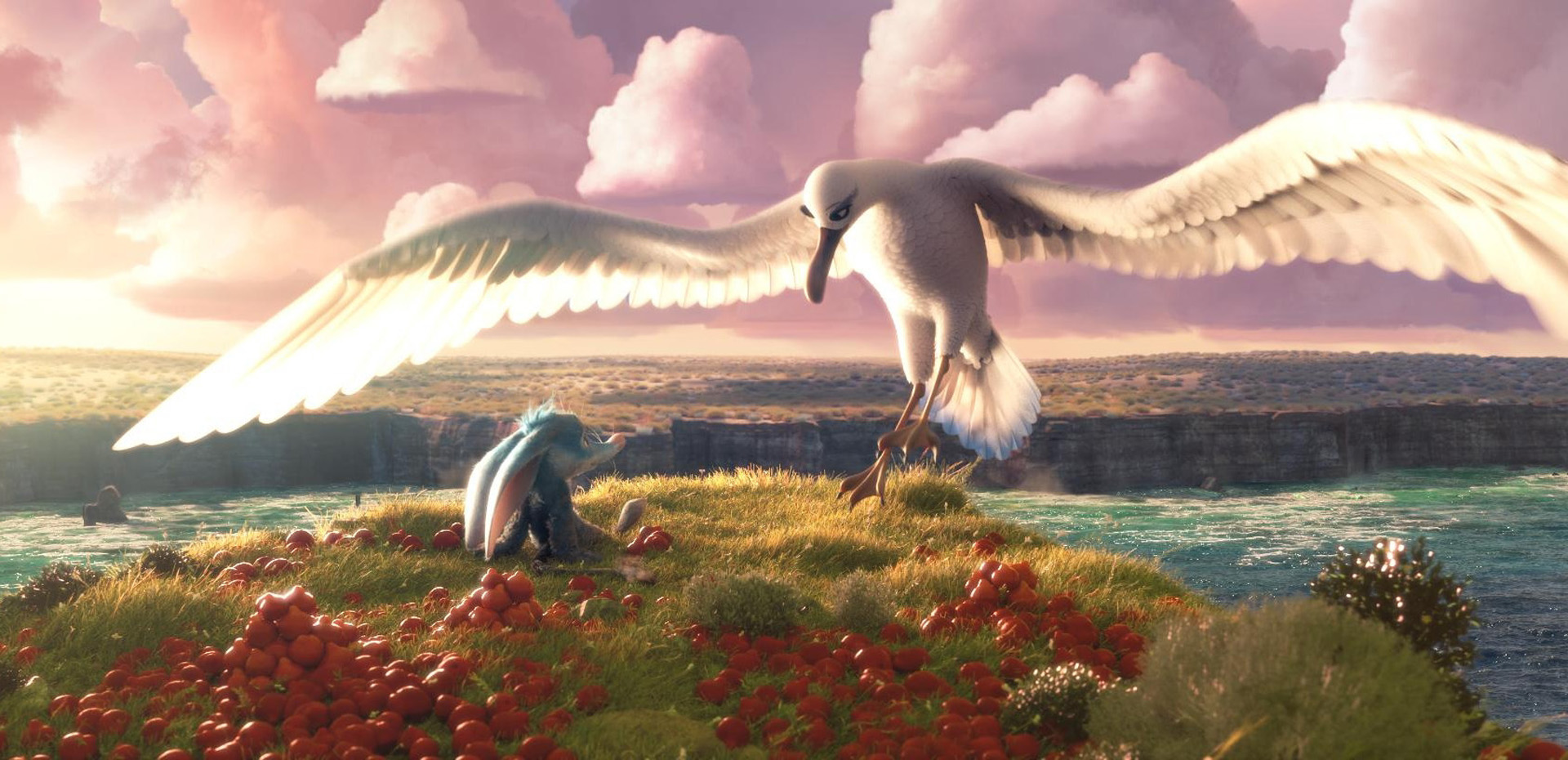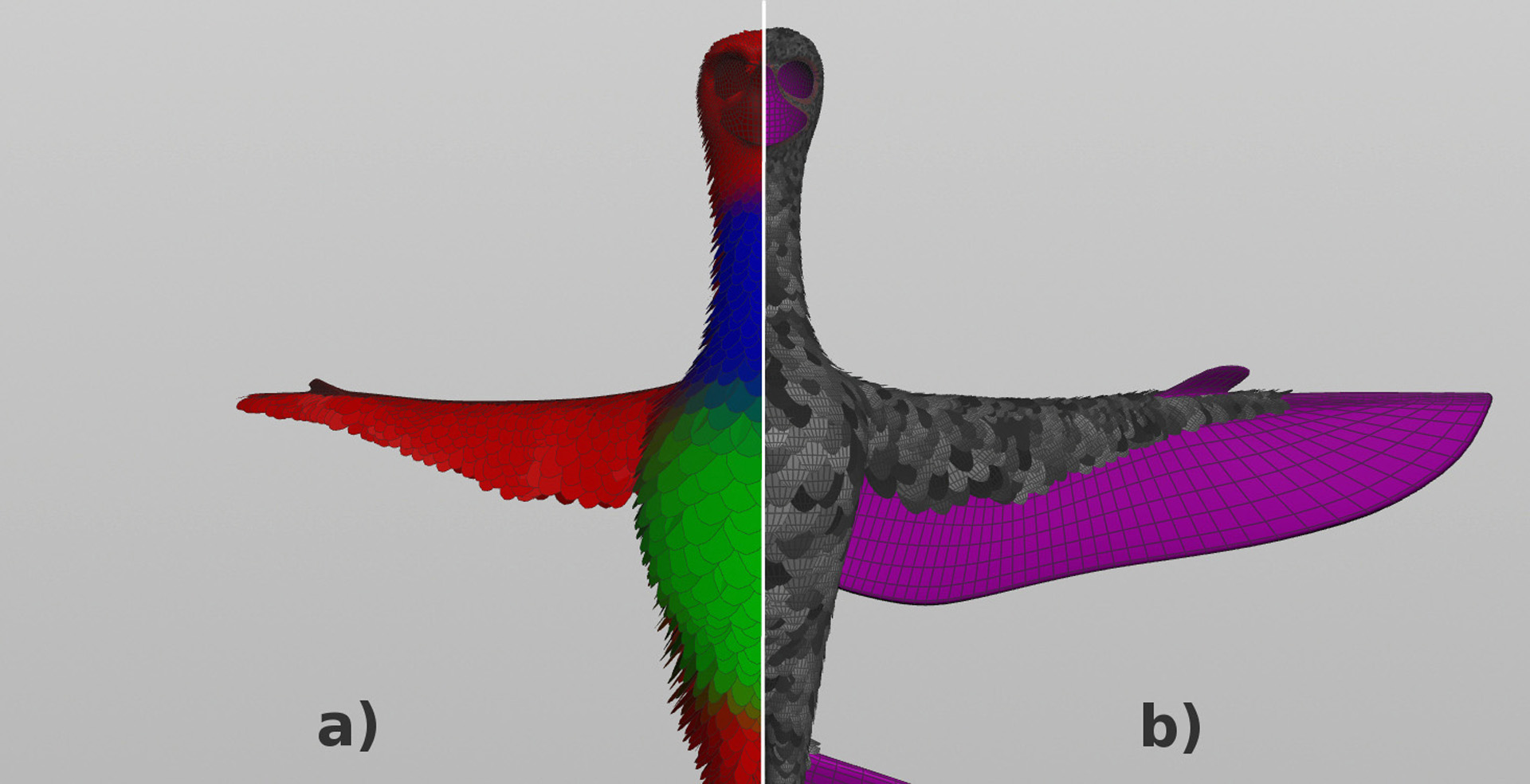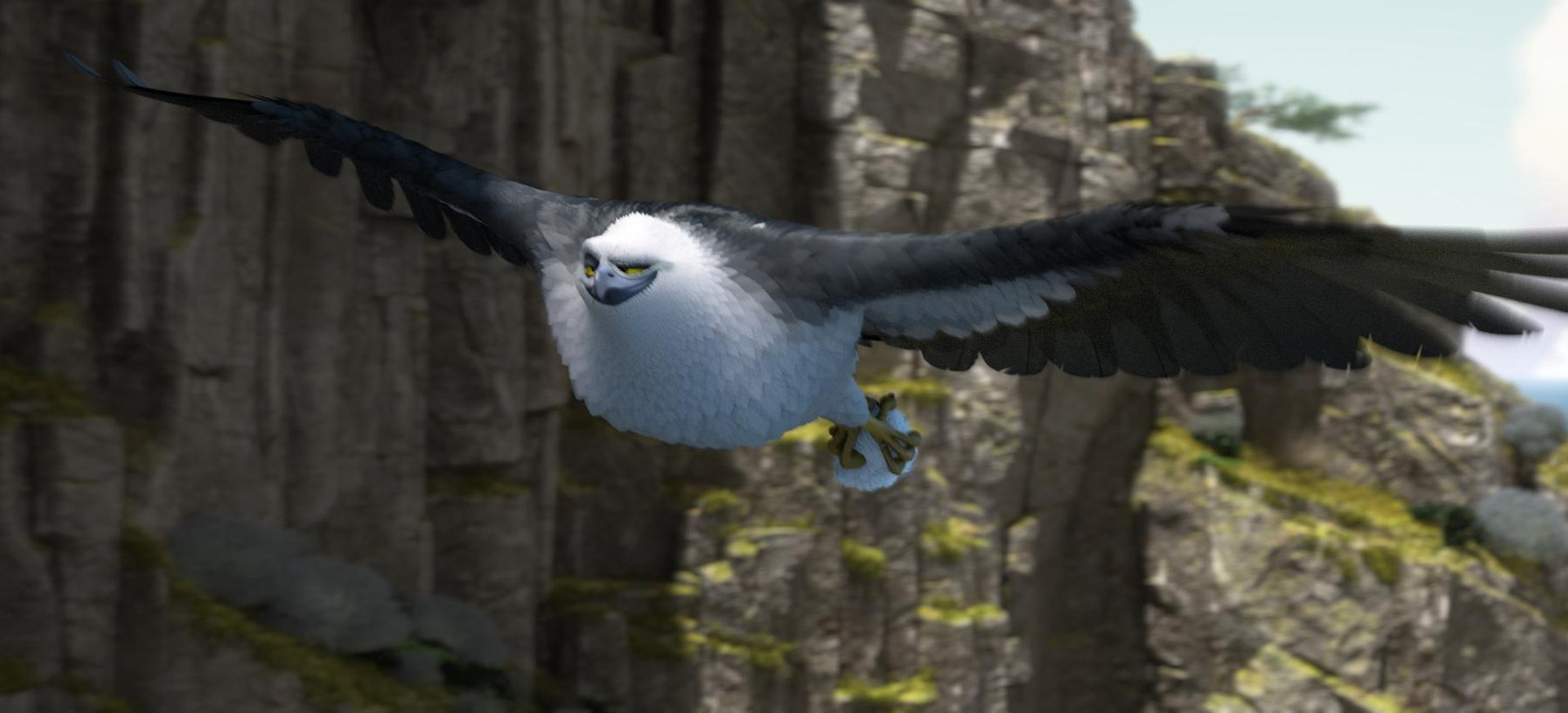“Hummingbird: DreamWorks Feather System”
Conference:
Type(s):
Entry Number: 60
Title:
- Hummingbird: DreamWorks Feather System
Presenter(s)/Author(s):
Abstract:
This talk presents DreamWorks’ Feather System Hummingbird, which is used for grooming body feathers and modeling scales interactively in real time. It is also used for feather motion such as secondary motion or wind, for feather special effects such as ruffling or puffing up, and for feather finaling. The system has been used in several shows at DreamWorks including How to Train Your Dragon 2, Bilby, and How to Train Your Dragon: The Hidden World.
References:
A. Lagae, S. Lefebvre, R. Cook, T. DeRose, G. Drettakis, D.S. Ebert, J.P. Lewis, K. Perlin, and M. Zwicker. 2010. A Survey of Procedural Noise Functions. Computer Graphics Forum (2010). https://doi.org/10.1111/j.1467-8659.2010.01827.x
Daniel Seddon, Martin Auflinger, and David Mellor. 2008. Rendertime Procedural Feathers Through Blended Guide Meshes. In ACM SIGGRAPH 2008 Talks (SIGGRAPH ’08). ACM, NY, USA, Article 76, 1 pages. https://doi.org/10.1145/1401032.1401130
Andrew J. Weber and Galen Gornowicz. 2009. Collision-free Construction of Animated Feathers Using Implicit Constraint Surfaces. ACM Trans. Graph. 28, 2, Article 12 (May 2009), 8 pages. https://doi.org/10.1145/1516522.1516523






